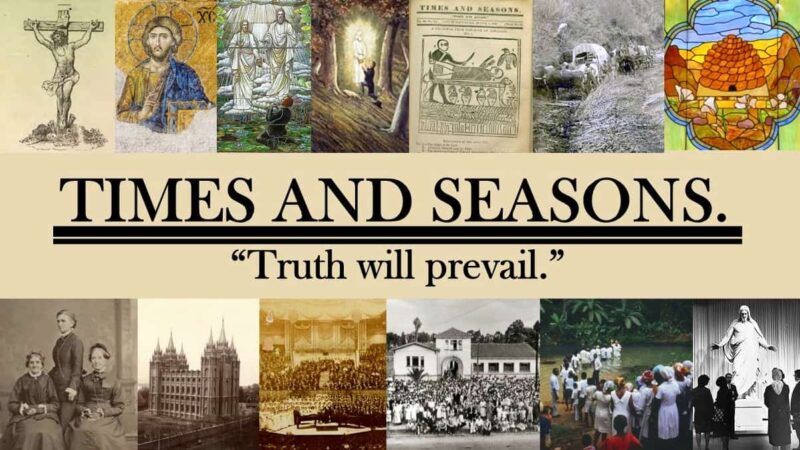Category: Book Reviews
-
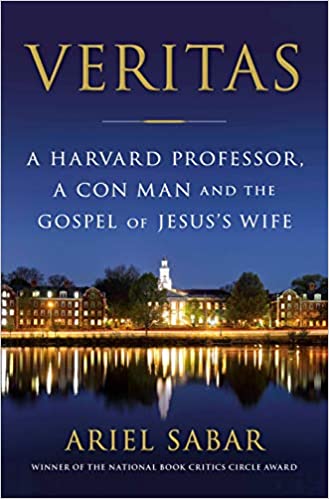
Book Report-Veritas: A Harvard Professor, A Con Man, and the Gospel of Jesus’ Wife
This is a well-written journalistic account of a scandal that happened in the biblical studies community in 2012 when a purportedly ancient parchment surfaced that contained the words “Jesus said to them ‘my wife.’” Despite some red flags such as bad Coptic grammar, Professor Karen King, one of the preeminent scholars in the field, became…
-
Method Infinite: On Masonry and Mormonism
The recently-published Method Infinite: Freemasonry and the Mormon Restoration by Cheryl L. Bruno, Joe Steve Swick III, and Nicholas S. Literski (Greg Kofford Books, 2022) is an insightful and information-packed volume about a plethora of possible points of contact between Freemasonry and the Restoration of the Church of Christ. While many studies of Masonry and…
-
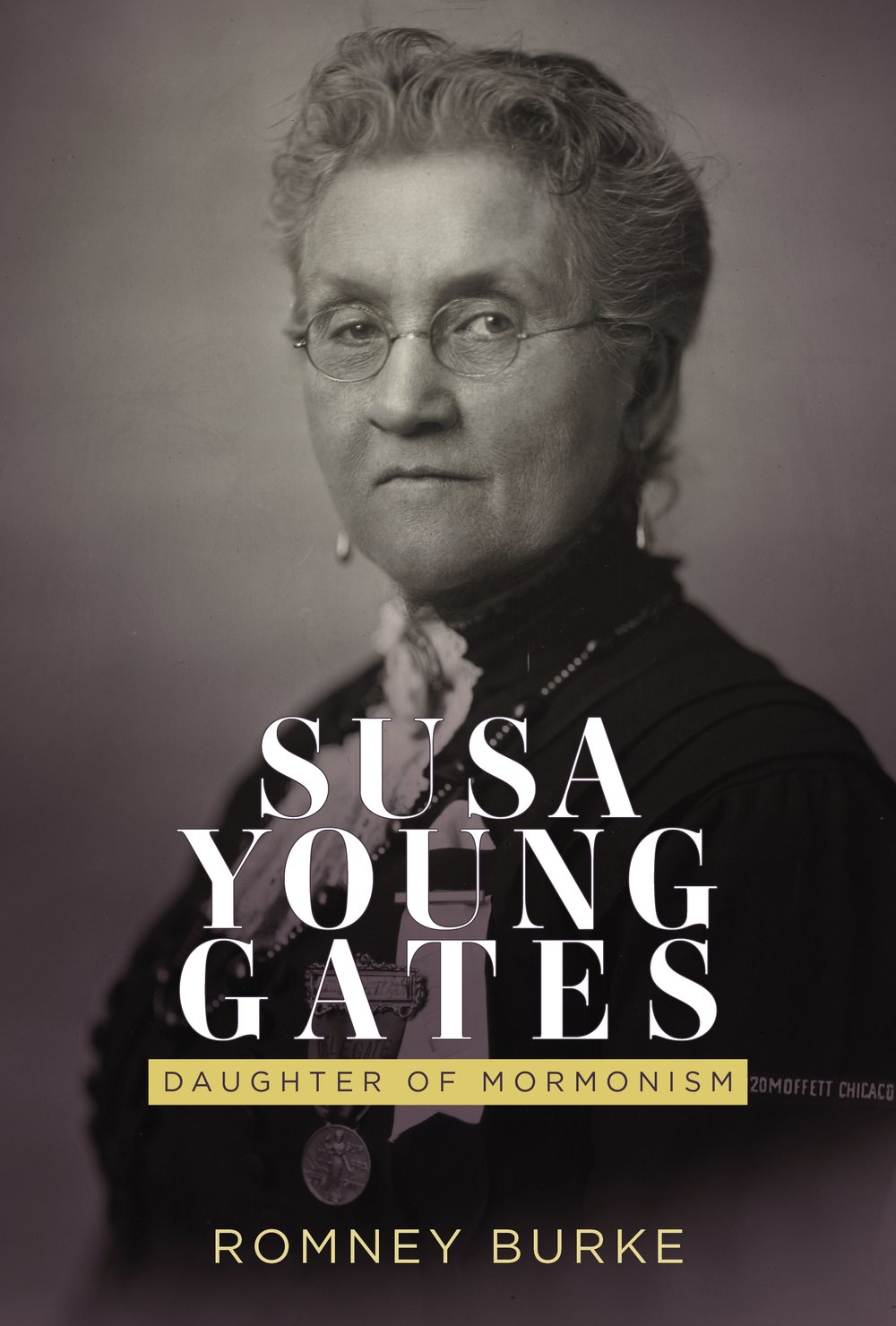
Daughter of Mormonism
Susa Young Gates was an interesting and important personality, and Romney Burke’s recently-published biography Susa Young Gates: Daughter of Mormonism (SLC: Signature Books, 2022) provides a well-researched glimpse into her life. Perhaps the best-known daughter of President Brigham Young, Susa led a life as a prominent figure in the Church of Jesus Christ of Latter-day Saints. …
-
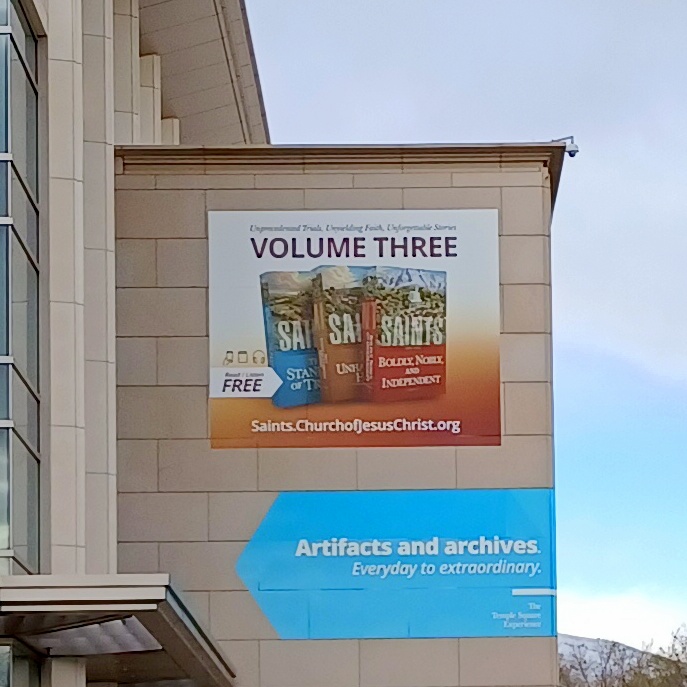
Saints, Volume 3: A Review
Saints: The Story of the Church of Jesus Christ in the Latter Days, Volume 3: Boldy, Nobly, and Independent, 1893-1955 is a fantastic addition to the Church’s official histories. Picking up after the ending of the previous volume at the dedication of the Salt Lake City Temple, this volume begins with the Chicago World’s Fair in…
-
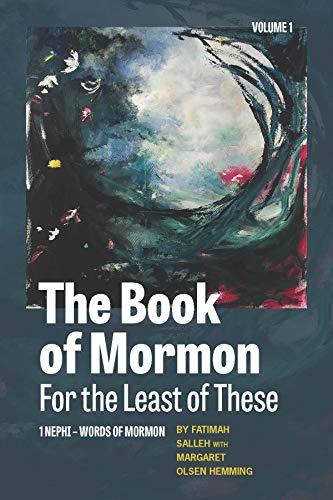
Loving the Book of Mormon Prophets without Accepting Their Prejudices: A Review of “The Book of Mormon for the Least of These, Volume 1”
A while back, a friend sent me an uncomfortable text. She is not a member of the Church of Jesus Christ of Latter-day Saints, but someone had given her daughter the old illustrated Book of Mormon Stories book, and her daughter came across the passage in Second Nephi when Nephi narrates that Laman and Lemuel’s…
-
Margarito Bautista – A Forgotten Revolutionary in Latter-day Saint History
Elisa Eastwood Pulido’s biography, The Spiritual Evolution of Margarito Bautista (Oxford University Press, 2020), provides a fascinating glimpse into one of the more significant but controversial figures in the history of The Church of Jesus Christ of Latter-day Saints in Mexico. An important founding figure among Mexican Latter-day Saints, Bautista was a successful missionary who helped to…
-
Let’s Talk about the Book of Abraham–a Review
Kerry Muhlstein’s Let’s Talk about the Book of Abraham Is the latest entry in a series that Deseret Book has been publishing to address controversial or touchy topics in the Church. Based on my experience with Brittany Chapman Nash’s Let’s Talk About Polygamy (the previous volume in this series of books), I had expected something…
-
John Sillito’s B. H. Roberts: A Life in the Public Arena (book review)
In traditional Christianity, there are significant figures known as the Early Church Fathers who are noted as influential Christian theologians and writers who established the intellectual and doctrinal foundations of Christianity as we know it today. While the Church of Jesus Christ of Latter-day Saints is still a form of Christianity and is indebted to…
-
So You Want to Talk About Polygamy?
I’ve long had an interest in understanding how and why my ancestors chose to practice polygamy. During my time at Utah State University, I spent most of my spare time reading Mormon Studies materials and went on a polygamy binge at one point. While reading Kathryn Daynes’s More Wives Than One: Transformation of the Mormon…
-
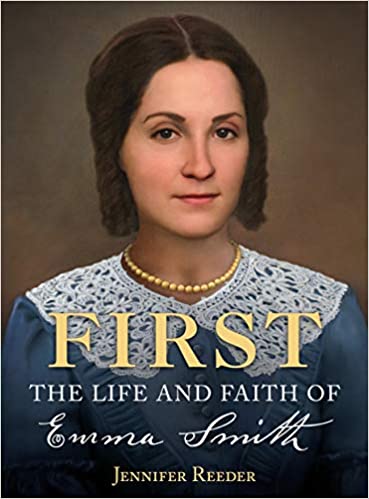
Hear the words of the Church’s first lady — a review of Jennifer Reeder’s *First: The Life and Faith of Emma Smith*
“I have many more things I could like to write but have not time.” Thus wrote Emma Smith in a letter to her husband, Joseph Smith. I wish she did have the time! Jennifer Reeder’s biography of Emma Smith — First: The Life and Faith of Emma Smith — left me wanting even more of…
-
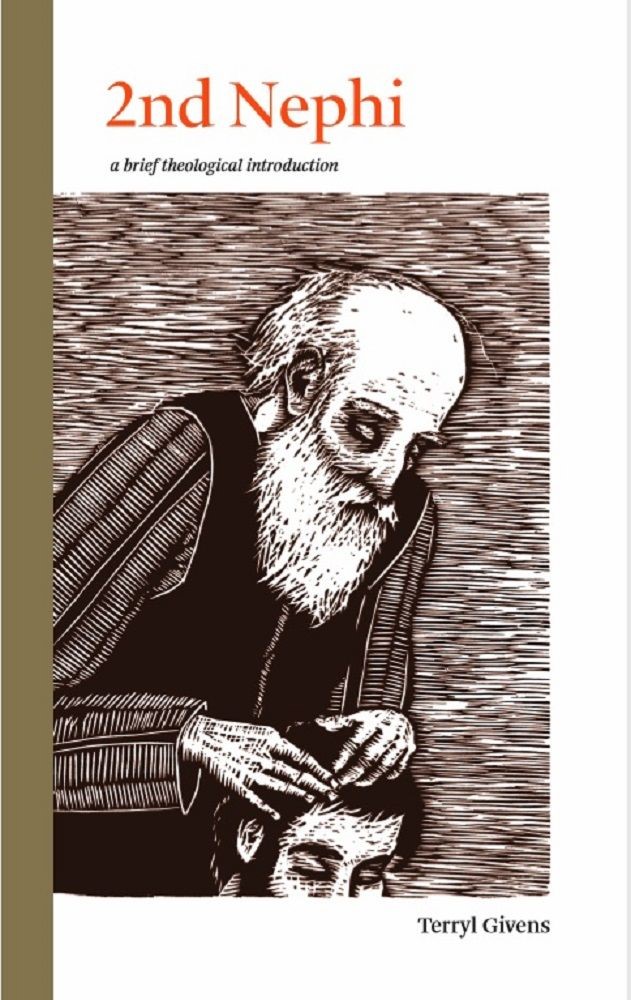
Review: 2nd Nephi: A Brief Theological Introduction
I think one of the most repeated refrains I see in comment threads in the bloggernacle is that our Church meetings generally lack the vibrancy and ability to deeply engage with the scriptures and ideas in ways that can stimulate interest and growth. As Terryl L. Givens put it in a recent interview, “one of…
-
Review: Buried Treasures: Reading the Book of Mormon Again for the First Time
Michael Austin’s book, Buried Treasures: Reading the Book of Mormon Again for the First Time is a quick, insightful and though-provoking read about the Book of Mormon. The book began its life as a series of blog posts at By Common Consent, documenting some of Austin’s thoughts as he read the Book of Mormon in-depth…
-
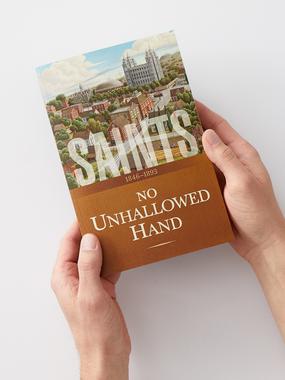
Saints, Volume 2: A Review
The second volume of the Church’s official history, Saints: No Unhallowed Hand, 1846-1893 was released this Wednesday. I just finished blitzing through the book and wanted to share my thoughts on the volume. These official histories walk a tightrope, balancing a lot of goals at one time. This volume, for example, covers approximately 50 years…
-
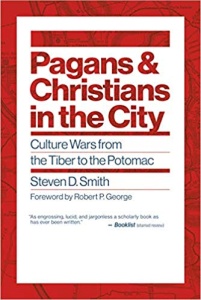
Pagans and Christians in the City (1/2)
Steven Smith (who has occasionally favored us with comments here at T&S) is not the first to describe our current cultural moment as a new conflict between pagans and Christians. As Smith describes at length in Pagans and Christians in the City, others, on both sides of the divide, have done so using the same…
-
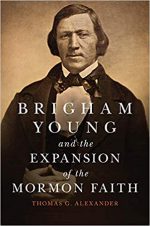
Brigham Young and the Expansion of the Mormon Faith, a Review
Back in June, Clark Goble mentioned that he was going to write a review of Thomas G. Alexander’s new biography Brigham Young and the Expansion of the Mormon Faith. It’s one of many misfortunes among the great losses of Clark passing away that we never had the opportunity to read the review he was planning…
-
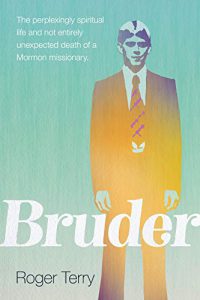
Ethics and Mormon missionary work: what memoirs tell us
They are still teenagers, 18 or 19, and are sent out to change the lives of adults. The boys dress up like CIA-agents, the girls like old-school women. They typically have no clue about the national, regional, social, cultural, religious, or familial identities of the people they try to interest in their alien sect. They…
-
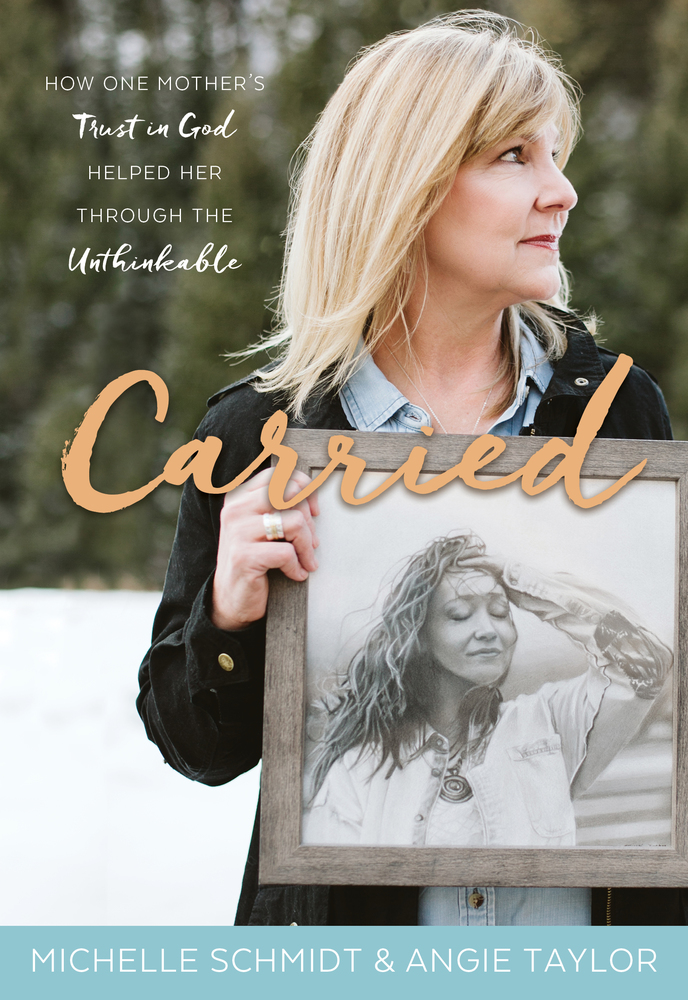
5 lessons from Schmidt and Taylor’s book Carried: How One Mother’s Trust in God Helped Her through the Unthinkable
In late 2016, Annie Schmidt went hiking in the mountains of Oregon. When she didn’t reappear, a mix of professionals and amateurs, friends and relatives and strangers, searched for weeks to find her. Annie’s mother, Michelle Schmidt, teamed up with her sister, Angie Taylor, to write the story of Annie’s disappearance, the search, and the…
-
The Expanded Canon: A Review
Several months ago, my wife Lissette gave a talk in sacrament meeting on the topic of modern prophets and continuing revelation. She wanted to provide something different, something the congregation could really chew on (no “theological Twinkies“). She ended up discussing how modern-day prophets model the process of revelation for us. Drawing on Elder Bednar’s analogy…
-
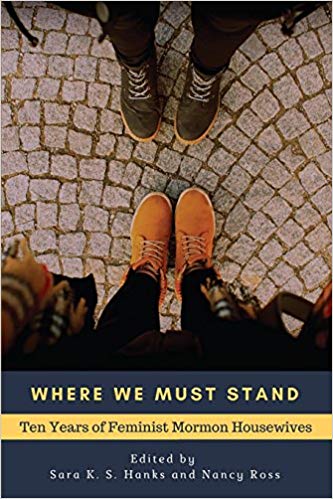
Book Review — Where We Must Stand: Ten Years of Feminist Mormon Housewives
reading and reviewing this book was a weighty experience for me, just as participating in FMH has been a weighty experience for its authors and many of its participants; and some of that weight shows up here
-
Saints, Volume 1: A Review
About a week ago, the first volume of the new official history of the Church was published. I finished reading through it this weekend, and I have to say that it is fantastic. The style of prose reads like a novel (many creative authors were employed as the writers or consultants for the book), but…
-
“Saints, Slaves, & Blacks”: A Review
This past May, I went to see Jana Riess present her recent research on Mormon Millennials at the Miller Eccles Study Group here in Texas. One of the most interesting (and disturbing) bits of information was her finding regarding Mormons’ opinions about the priesthood/temple ban. As she summarizes online, The 2016 NMS asked whether respondents…
-
Future Mormon 6: A Radical Mormon Materialism
Welcome to the oft delayed sixth chapter of the once weekly reading club for Adam Miller’s Future Mormon. Hopefully we’ll get back to weekly again. For general links related to the book along with links for all the chapter discussions please go to our overview page. Please don’t hesitate to give your thoughts on the chapter. We’re…
-
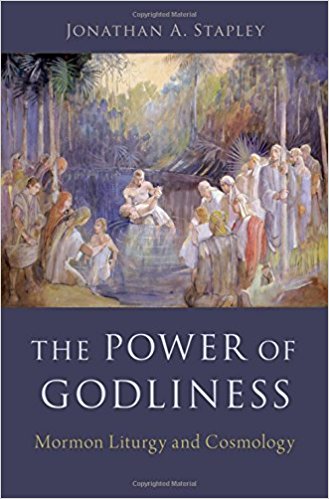
Review Essay: “The Power of Godliness: Mormon Liturgy and Cosmology”: Materiality and Performance
Like a paring knife to a grapefruit, Jonathan Stapley’s new book on the history of Mormon cosmology is slim, sharp, and swift to carve through pith, serving up elegant wedges of history. The Power of Godliness: Mormon Liturgy and Cosmology (Oxford, 2018) traces the evolution of ritual practice in Mormonism, including priesthood ordination, sealing rites,…
-
Review: William V. Smith’s ‘Textual Studies of the Doctrine & Covenants’
In October 2007, I returned home to Texas from my mission in Nevada. In April of the following year, the raid on the YFZ Ranch near Eldorado, TX, occurred. I didn’t think much about it at the time because, you know, they weren’t real Mormons (as many LDS are wont to say). However, a good…
-
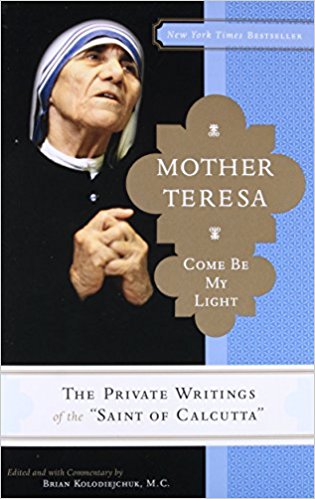
Unwavering Commitment to God and the Dark Night of the Soul
A few years ago, President Rosemary Wixom of the Primary shared a story from the life of Mother Teresa in General Conference: In a 1953 letter, Mother Teresa wrote: “Please pray specially for me that I may not spoil His work and that Our Lord may show Himself—for there is such terrible darkness within me,…
-
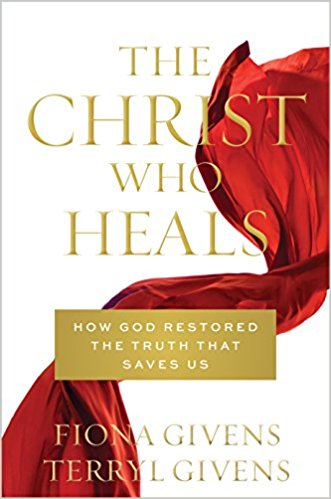
A Credible Case for Universalism — A Review of Givens and Givens’s The Christ Who Heals
In their new book, The Christ Who Heals: How God Restored the Truth that Saves Us, Fiona and Terryl Givens make the case for how “the doctrines and scriptures of the Restoration have enriched our knowledge of the rock and foundation of our faith — Jesus Christ.” The book is a delight: The Givenses draw on…
-
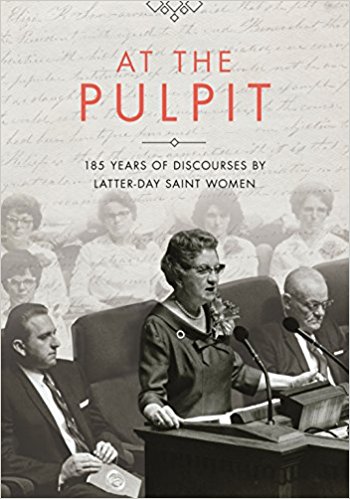
Reeder and Holbrook’s At the Pulpit: The book I hope becomes a fixture in Latter-day Saint homes
The first account we have of a woman speaking in General Conference is Lucy Mack Smith, speaking in Nauvoo, Illinois, in October 1845. But women were teaching in the Church long before that, and the continued long after that — not just in General Conference. In their collection At the Pulpit: 185 Years of Discourses…
-
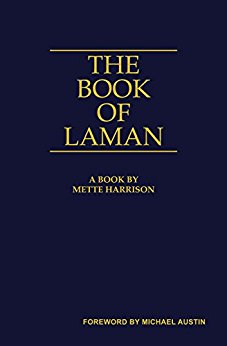
Inside the mind of the Book of Mormon’s first antagonist — A review of Mette Harrison’s The Book of Laman
In the Book of Mormon, Laman and Lemuel often come across more as comic book villains more than fully fleshed out characters. As Grant Hardy put it, “In the Book of Mormon, Laman and Lemuel are stock characters, even caricatures.” In her new novel, The Book of Laman (with its cover art a stroke of brilliance),…
-
Perspectives on Mormon Theology Review
Dave managed to finish his review of Perspectives on Mormon Theology before I did. To cut to the chase let me just summarize my judgment of the book first. If you’re at all interested in the implications of scholarly considerations of Mormon history, exegesis, or theology then this is a must read book. Blair Van Dyke and…
